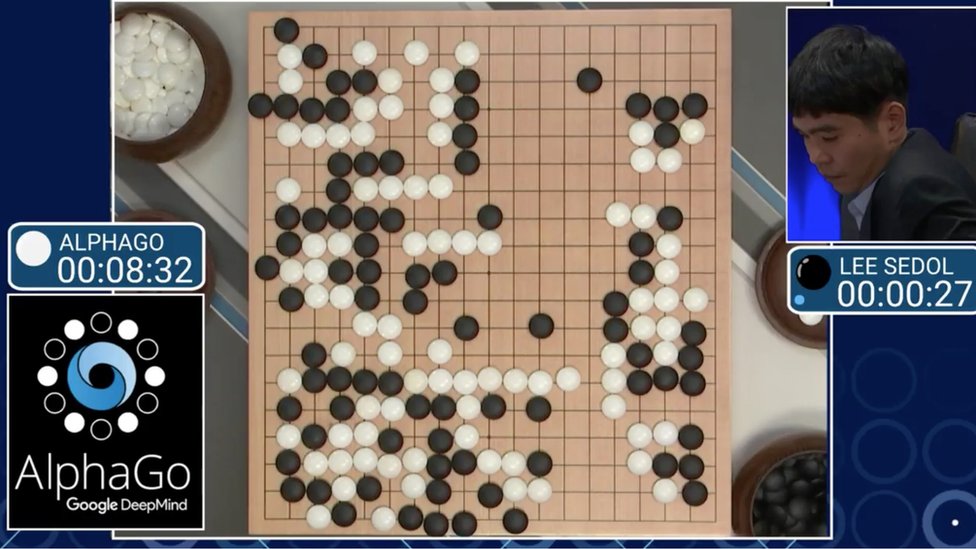Generative Solutions for Cosmic Problems
Flatiron Institute
Institute for Advanced Studies
Carol(ina) Cuesta-Lazaro

["Genie 2: A large-scale foundation model" Parker-Holder et al (2024)]

["Generative AI for designing and validating easily synthesizable and structurally novel antibiotics" Swanson et al]
Probabilistic ML has made high dimensional inference tractable
1024x1024xTime
["Genie 3: A new frontier for world models" Parker-Holder et al (2025)]
Carolina Cuesta-Lazaro Flatiron/IAS


["BaryonBridge: Interpolants models for fast hydrodynamical simulations" Horowitz, Cuesta-Lazaro, Yehia ML4Astro workshop 2025]["Joint cosmological parameter inference and initial condition reconstruction with Stochastic Interpolants"
Cuesta-Lazaro, Bayer, Albergo et al
NeurIPs ML4PS 2024]
Simulation-Based Inference in Cosmology
Scaling up Hydro sims

Reconstructed
True

Astrid
EAGLE










Astrophysics proliferates Simulation-based Inference
on Simulations
Carolina Cuesta-Lazaro Flatiron/IAS
Simulated Data
Observed Data
Alignment Loss
Reconstruction
Statistical Alignment
(OT / Adversarial)


Encoder
Obs
Encoder
Sims
Private Domain Information
Shared Information


Observed Reconstructed
Simulated Reconstructed
Shared Decoder
Shared Decoder
Carolina Cuesta-Lazaro Flatiron/IAS

A Toy Model Example


Idealized Simulations
Observations
+ Scale Dependent Noise
+ Bump
Carolina Cuesta-Lazaro Flatiron/IAS

Amplitude
Tilt
Tilt
Robust SBI from Shared

Visualizing Information Split
Carolina Cuesta-Lazaro Flatiron/IAS

Physics
Systematics
[arXiv:2503.15312]
Carolina Cuesta-Lazaro Flatiron/IAS
Can we separate Systematics from Physics?


Pablo Mercader

Daniel Muthukrishna

Jeroen Audenaert
Legacy Survey

HSC
DESI
SDSS
Same Object / Different Instrument
Different Object / Same Instrument
Carolina Cuesta-Lazaro Flatiron/IAS
Object 1


Object 2

Object 1
Back to the Playground!
Orientation + Scale
Number



Instrument 1
Instrument 1
Instrument 2
Instrument Encoder
Object Encoder
Instrument Pair
Object Pair
Instrument Pair
Object Pair
Carolina Cuesta-Lazaro Flatiron/IAS





Ground Truth
Instrument Pair
Object Pair
Recon
Carolina Cuesta-Lazaro Flatiron/IAS
BEFORE
Artificial General Intelligence?
AFTER


Carolina Cuesta-Lazaro Flatiron/IAS
Artificial General Intelligence?

[https://metr.org/blog/2025-07-14-how-does-time-horizon-vary-across-domains/]
Carolina Cuesta-Lazaro Flatiron/IAS
Learning to play "Scientist"

1. Design next Experiment
2. Hypothesize Equation of motion
3. Simulate and Compare

Carolina Cuesta-Lazaro Flatiron/IAS
3. Science is ultimately a human endeavor, what questions are interesting to answer and may be solvable is up to us. What role can LLMs play in Science?
Conclusions
1. LLMs are improving on most subjects at an insane rate, including maths
What problems in physics can we tackle with automated code generation?
Can generally make simulators more controllable!
Artificial Muses
2. How do we improve their physics reasoning skills?
RL over simulated worlds
Science not so amenable to a "scalar reward" setup
"Play" is important
Carolina Cuesta-Lazaro Flatiron/IAS
["An LLM-driven framework for cosmological
model-building and exploration" Mudur, Cuesta-Lazaro, Toomey (in prep)]

Can LLMs help us explore the space of hypothesis?
Propose a model for Dark Energy
Implement it in a Cosmology simulation code: CLASS
Test fit to DESI Observations
Iterate to improve fit
Quintessence, DE/DM interactions....
Must pass a set of general tests for "reasonable" models
Ideally, compare evidence to LCDM.
For now, Bayesian Information Criteria (BIC)
1
2

Nayantara Mudur (Harvard)
Carolina Cuesta-Lazaro Flatiron/IAS - TriState
Can LLMs implement new physics models?
Thawing Quintessence
Axion-like Early Dark Energy
Ultra-light scalar field that temporarily acts as dark energy in the early universe
Implementation Challenge:
Dynamic dark energy model: scalar field transitions from "frozen" (cosmological constant-like) to evolving as the universe expands.
Oscillatory behaviour
Can take advantage of existing scalar field implementations in CLASS
+ 43,000 lines of C code
+ 10,000 lines of numerical files
CLASS Challenge:
Carolina Cuesta-Lazaro Flatiron/IAS

1) Code compiles + passes unit tests (reasonable observables, numerical convergence...)
2) Implementation agrees with target repository
3) Goodness of fit for DESI + Supernovae
4) H0 tension metrics
Curated
1 page long description of model to be implemented, CLASS tips + very explicit units
Paper
Directly from a full paper
If fails, get feedback from another LLM
Carolina Cuesta-Lazaro Flatiron/IAS
Propose a Dark Energy Model

Shortcut: field that produces this?
Carolina Cuesta-Lazaro Flatiron/IAS

Propose a Dark Energy Model
Asked for physical motivation. It tried :(
Not true, preferred scale